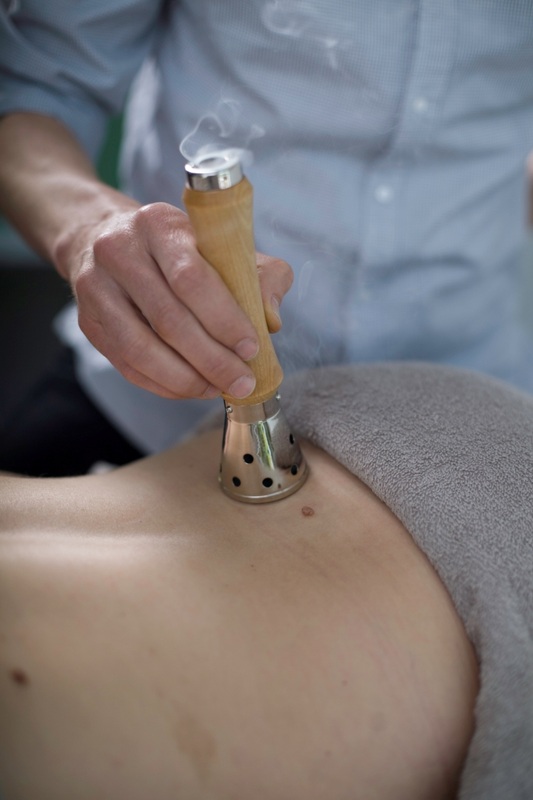Acupuncture is a system of medicine that originated in China more than 2000 years ago. It is one of the oldest continuously used healing methods which today is practiced throughout the world.
According to Chinese medical theory, disease arises if the flow of life force energy (Chi/Qi) and blood is blocked and disturbs the balance of Yin and Yang of the body.
The aim of acupuncture is to unblock and regulate the flow of blood and energy. This is achieved by using very fine needles on acupuncture points. These points are located on energy conductors, called meridians, who connect the surface of the body with internal organs and tissues.
Shonishin – Japanese Pediatric Acupuncture
Shonishin (“children’s meridian therapy”) is a very gentle and safe treatment method for infants and children. Due to their pure nature and strong ‘Yang’ energy, children are very sensitive and require only very light, non- invasive therapy.
Shonishin is a relatively quick treatment method that uses stroking and tapping techniques with special therapeutic devices to treat the flow of energy in the meridians without causing discomfort to the child. Many common childhood problems, such as teething difficulties, restlessness, sleeplessness, digestive issues, respiratory disorders and many more conditions can be treated.
Shonishin is suitable for children of all ages from one month to teenage years.
WHAT IS TOYOHARI ACUPUNCTURE?
Toyohari is a Japanese style of acupuncture that is based on traditional Chinese acupuncture. Acupuncture was introduced to Japan from China more than 400 years ago. In Japanese history was a time when only blind people were permitted to practice acupuncture. This produced a class of visually impaired acupuncture masters, who with their heightened sense of touch were able to cultivate their skills into the refined Toyohari style. This particular style stands out as being precise, gentle and less invasive than most other forms of acupuncture. It uses innovative techniques and tools while firmly adhering to classical Chinese theory.
Today the Toyohari acupuncture style is being taught to sighted people and is practiced by more than 2000 practitioners worldwide.
The Toyohari Medical Association in Tokyo, Japan is the head educational institution that organises and governs local branches worldwide. Members meet regularly to train and practice with each other, to hone skills and stay abreast of new developments. Blind and sighted master practitioners travel to conferences set up by local branches to teach their skills to other members.

